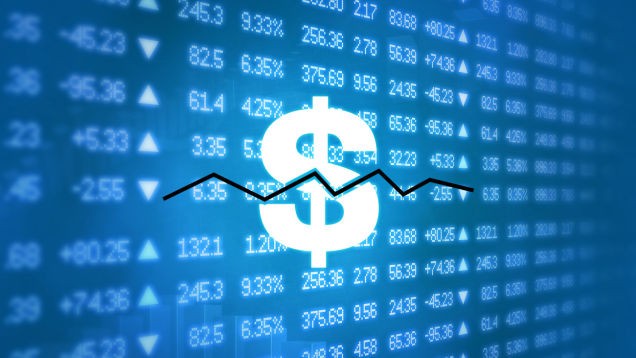3 Reasons Dollar Cost Averaging Might Benefit Your Portfolio
Post on: 13 Август, 2015 No Comment

An Overview of Why Dollar Cost Averaging Can Be Such a Powerful Tool
Dollar cost averaging is an investment strategy designed to help reduce the emotional temptation to buy high and sell low. James Worrell / Stone / Getty Images
To avoid the common pitfall of buying high and selling low, academics and financial professionals came up with a way that the typical person, who doesn’t have the ability to value businesses or calculate the intrinsic value of a bond, can invest for the future while avoiding a lot of the mechanical mathematics necessary to achieve good results. It’s called dollar cost averaging.
The basics of dollar cost averaging are simple, and I’ve explained how to setup such a plan in the past. Here are three major advantages of using a dollar cost averaging approach if you are inexperienced, and the reasons they tend to work out in the end, provided you are utilizing a long enough time horizon, have selected a good collection of diversified assets, and avoid major pitfalls, such as the use of leverage.
1. Dollar Cost Averaging Helps Control Your Emotions
If you are sitting on a pile of cash, and suddenly Wall Street collapses, what are you going to do? Everyone thinks they will be the first to jump on cheap stocks; finding excellent businesses at bargain prices, then holding them forever. Unfortunately, it rarely works out that way. Fear paralyzes. Uncertainty grips. I’ll just wait for the storm to pass, you say. And thus the story is repeated generation after generation.
By dollar cost averaging, that problem is solved. Every month, when you write your check or have automatic withdrawals taken from a bank account, you increase your ownership of stocks. bonds. mutual funds. index funds. or whatever other asset class you have selected as the mechanism for growing your wealth. During crashes, your dollars buy more ownership. During booms, your dollars buy less ownership. Over long periods of time, especially spans of 25 years or more, it should average out in your favor, all else being equal and short of once-in-several centuries events such as The Great Depression.
2. Dollar Cost Averaging Helps You Maintain Discipline and Save Regularly
It’s easy to skip a contribution to a savings account or stop funding a Roth IRA. By using dollar cost averaging, and having the payments to your investment portfolio setup automatically, you shouldn’t have to succumb to this seemingly endless cycle. The cash that is taken from you is treated like a bill. This wonderful technique has a name: Pay yourself first. It has turned spendthrifts into comfortable retirees and it might help do the same for you.
The reason is rooted in psychology. When the storm comes, a captain who has followed his training has a greater chance of surviving than one who does not. The same goes for a soldier in a war. As an investor, the economic maelstroms that will happen from time to time — and they will come — seem to be more forgiving to the disciplined investors who batten down the hatches, sticking with the plan. Even as the market loses 10%, then 20%, then 40%, then 50%, or more, he keeps writing checks; never more than he can afford, and always on the same schedule. The opposite is also true. As the market advances, he keeps writing checks, but never accelerates the program or goes into debt to take advantage of a stock or real estate investment that is appreciating quickly.
3. Dollar Cost Averaging Relies on Reversion to the Mean, Not Individual Valuation, Reducing the Work Involved In Building a Portfolio
Over time, stock markets, like all things, tend to revert to the mean. The boom of the 1990’s was followed by the lull of the 2000’s. The excesses of the 1920’s were caused by the destruction of the 1930’s. Yet, despite these massive fluctuations over time, stocks have tended to return 10% per annum, compounded, for the past century. It comes in fits and spurts, 3% one year, down 35% the next, up 40% the year after, but it does, nevertheless, tend to come; at least it has, historically.
The reason is simple: Business valuations are driven by earnings, in the final analysis. The stock price may deviate from a reasonable relationship to profits in the short-term, but in the long-term, they match up fairly well. There are a myriad of economic forces at work encouraging this outcome. If a company’s stock falls too far, and offers too great a return, someone with deep pockets will step in and buy it for themselves, taking the dividends. If a stock gets too wildly overvalued, short sellers eventually step in or something happens to spook the market and it corrects, often quickly and violently.
How to Begin a Dollar Cost Averaging Plan
Many mutual funds will allow you to setup automatic savings programs that regularly fund new purchases of shares. The same is true of many direct stock purchase plans and DRIPs. which allow you to buy stock without a broker. The biggest consideration when taking this route is making sure that you aren’t paying large commissions, which can eat into your principal.














